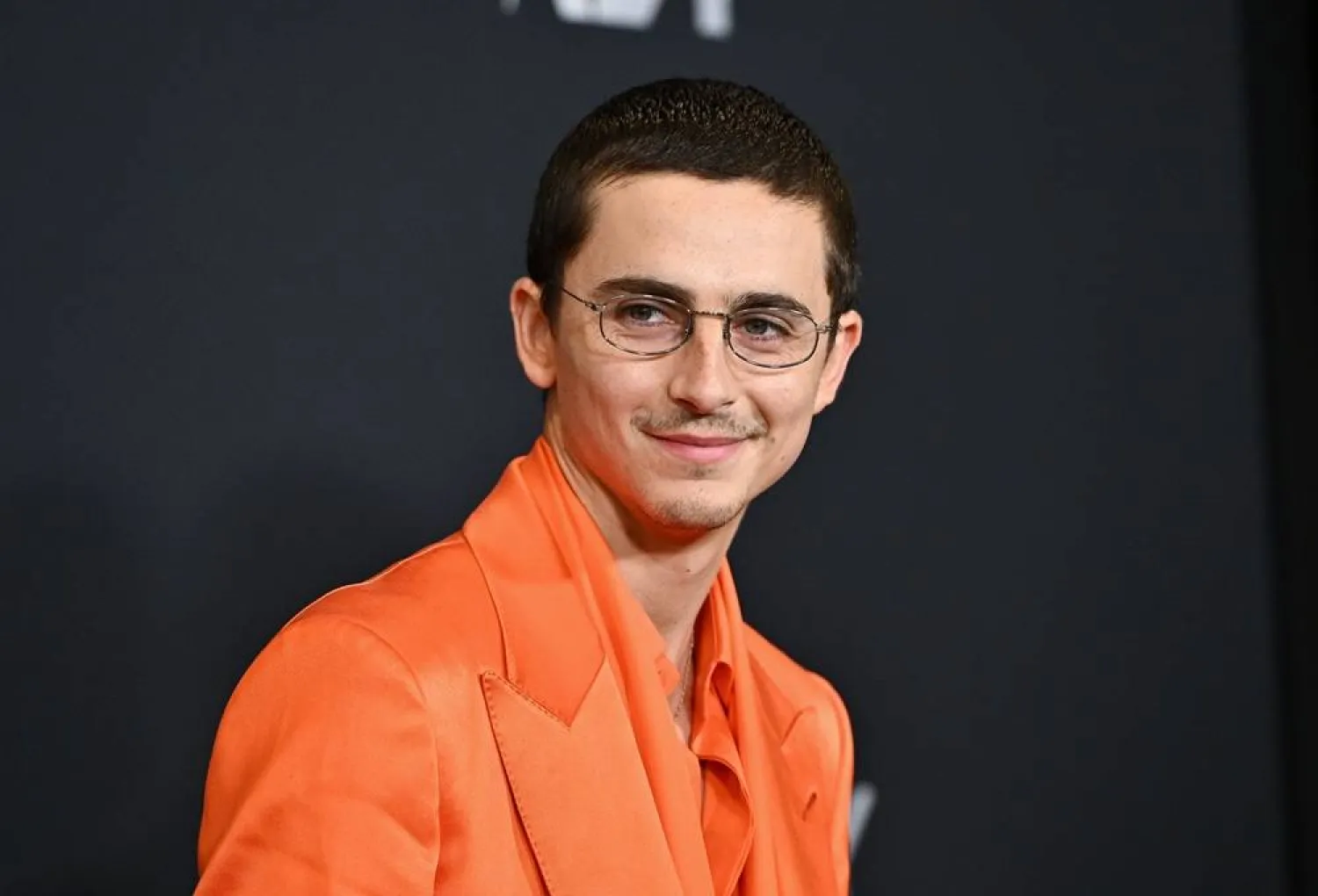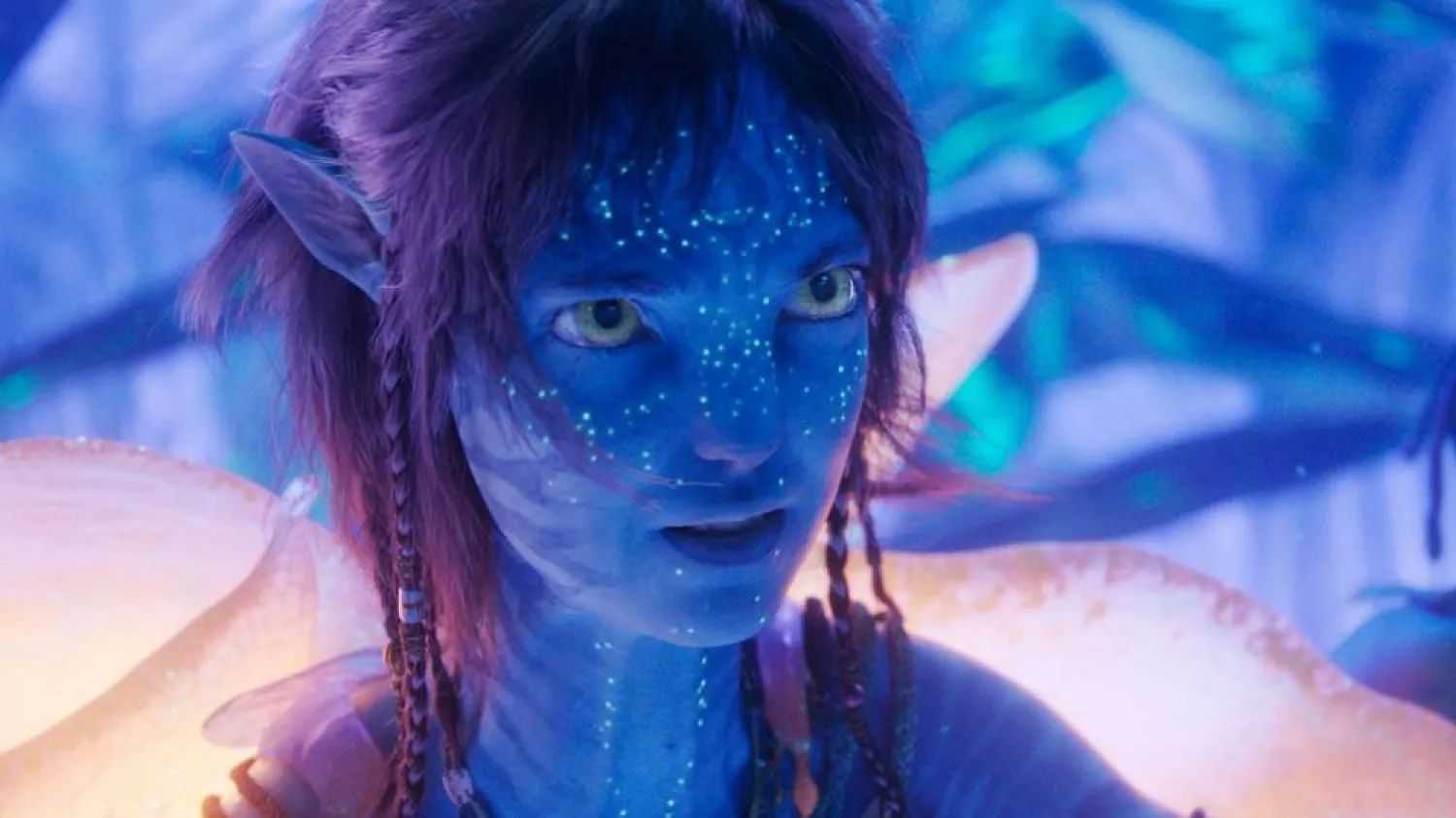Tom Hanks has praised the "amazing" use of artificial intelligence to de-age him "in real time" on the set of new movie "Here," even as he accepted that the technology is causing huge concern in Hollywood.
"Here," out in theaters Friday, stars Hanks and Robin Wright as a couple striving to keep their family together through births, marriages, divorces and deaths, across multiple decades and even generations, said AFP.
Hanks portrays his character from an idealistic teen, through various stages of youth and middle age, to a frail, elderly man.
But rather than just relying on makeup, filmmakers teamed up with AI studio Metaphysic on a tool called Metaphysic Live, to rejuvenate and "age up" the actors.
The technology worked so fast that Hanks was able to immediately watch his "deep-faked" performance after each scene.
"The thing that is amazing about it is it happened in real time," said Hanks.
"We did not have to wait for eight months of post-production. There were two monitors on the set. One was the actual feed from the lens, and the other was just a nanosecond slower, of us 'deep-faked.'
"So we could see ourselves in real time, right then and there."
The rapidly increasing use of AI in films including "Here" has triggered vast concern in Hollywood, where actors last year went on strike over, among other things, the threat they believe the technology poses to their jobs and industry.
Hanks acknowledged those fears during a panel discussion with director Robert Zemeckis at last weekend's AFI Fest in Hollywood, saying a "lot of people" were worried about how it will be used.
"They took 8 million images of us from the web. They scraped the web for photos of us in every era that we've ever been -- every event we've filmed, every movie still, every family photo that might have existed anywhere," Hanks explained.
"And they put that into the box -- what is it, 'deepfake technology,' whatever you want to call it."
'Cinematic'
The use of AI is not the only unusual technological feat in "Here."
The film is entirely shot from one static camera, positioned for the most part in the corner of a suburban US home's living room.
Viewers occasionally see glimpses of the same geographic space before the house was built, as the action hops back and forth to colonial and pre-colonial times -- or even earlier.
"Here" is based on a graphic novel by Richard McGuire, which uses the same concept.
"It had to be true to the style of the book, and that's why it looks the way it does," Zemeckis told AFP.
"It worked in levels that I didn't expect. It's got a real powerful intimacy to it, and in a wonderful way, it's very cinematic."
But the film's use of AI has drawn the most attention.
'Very serious subject'
AI was also at the heart of a very different film at AFI Fest -- "Wallace & Gromit: Vengeance Most Fowl," the latest film for the beloved British stop-motion characters.
When Wallace constructs a "smart gnome" to take care of chores, his faithful pooch Gromit immediately sniffs danger.
Once Feathers McGraw -- the nefarious penguin introduced to audiences in 1993 short film "The Wrong Trousers" -- gets involved, the technology takes a sinister turn.
AI becomes "the wedge between Wallace and Gromit," explained co-director Merlin Crossingham.
"It is a very light touch, although it's a very serious subject," he said.
If "we can trigger some more intellectual conversation from our silly adventure with Wallace and Gromit, then that can't be a bad thing."
The film itself did not use AI.
"We don't and we wouldn't," said Crossingham, earning hearty applause from the Hollywood crowd.
"Vengeance Most Fowl" will be broadcast on Christmas Day in the United Kingdom and Ireland, before airing globally on Netflix from January 3.
'Amazing' AI De-Ages Tom Hanks in New Film 'Here'

Tom Hanks. (AP)

'Amazing' AI De-Ages Tom Hanks in New Film 'Here'

Tom Hanks. (AP)
لم تشترك بعد
انشئ حساباً خاصاً بك لتحصل على أخبار مخصصة لك ولتتمتع بخاصية حفظ المقالات وتتلقى نشراتنا البريدية المتنوعة







